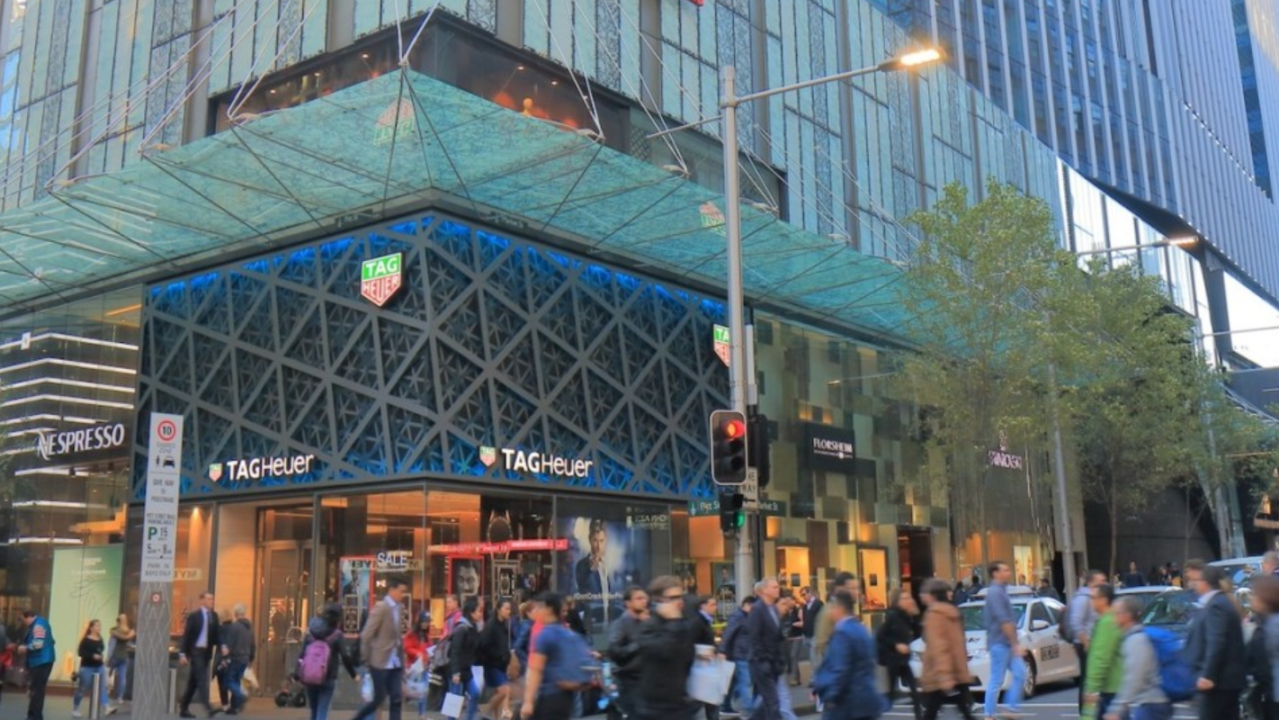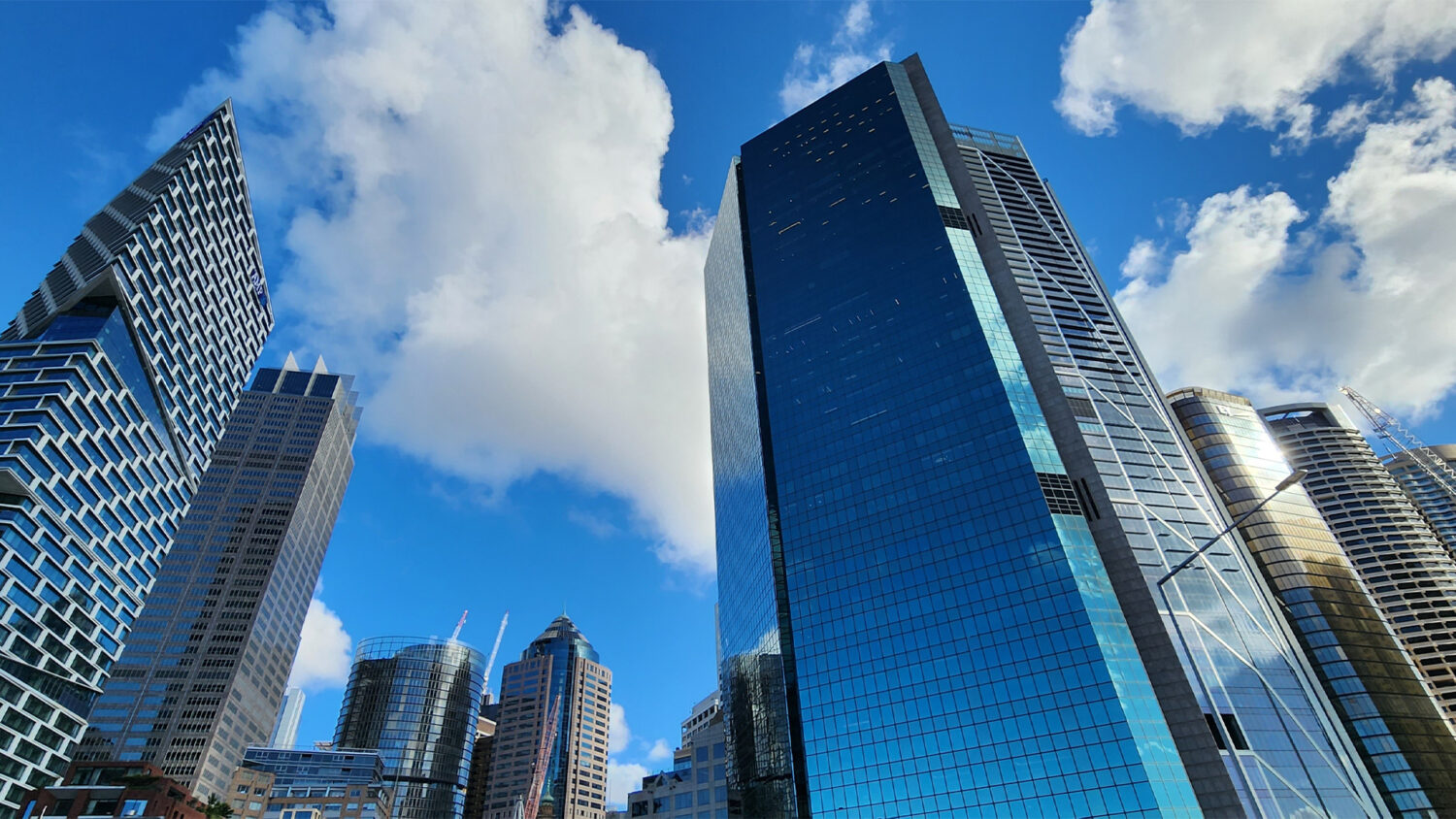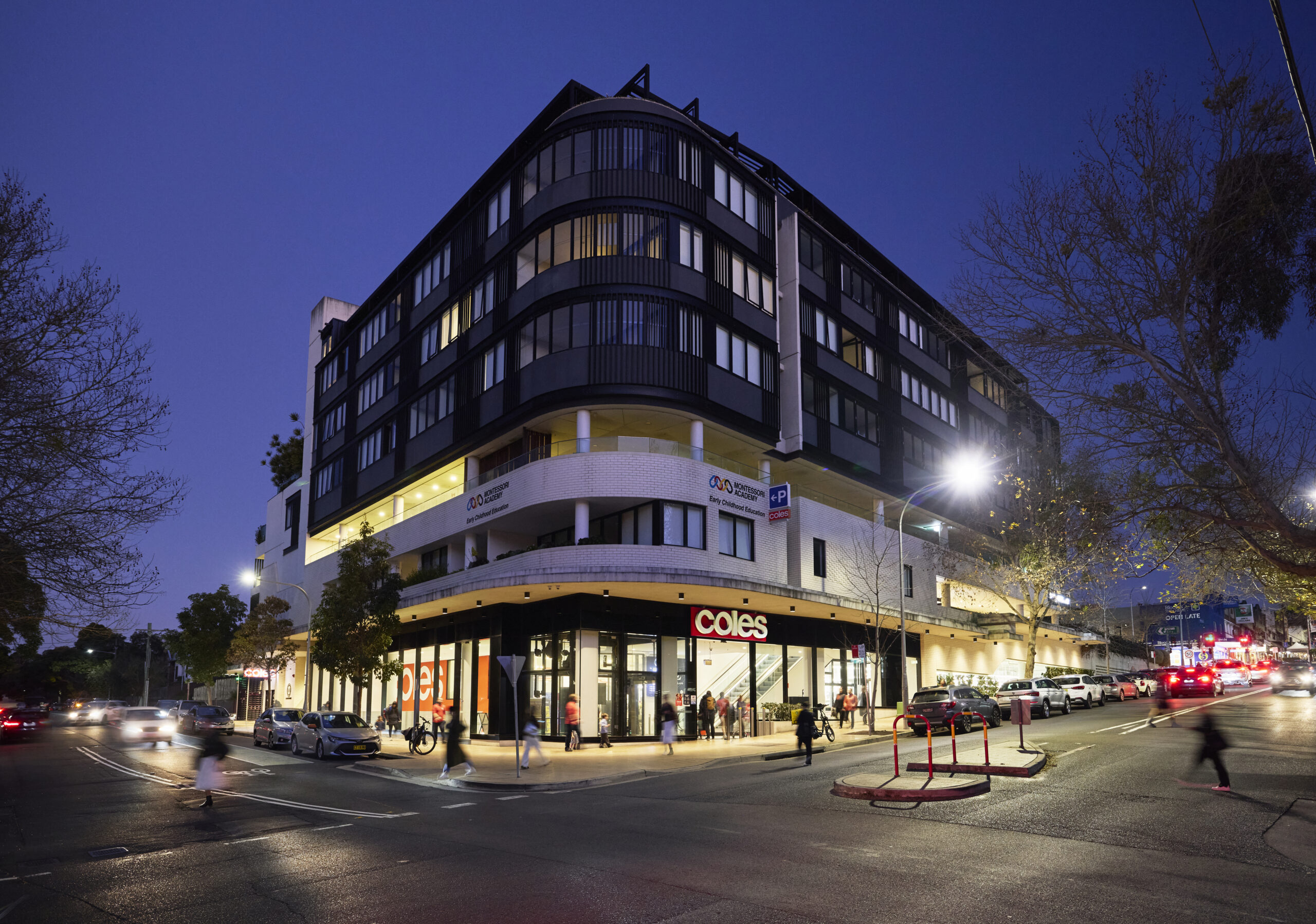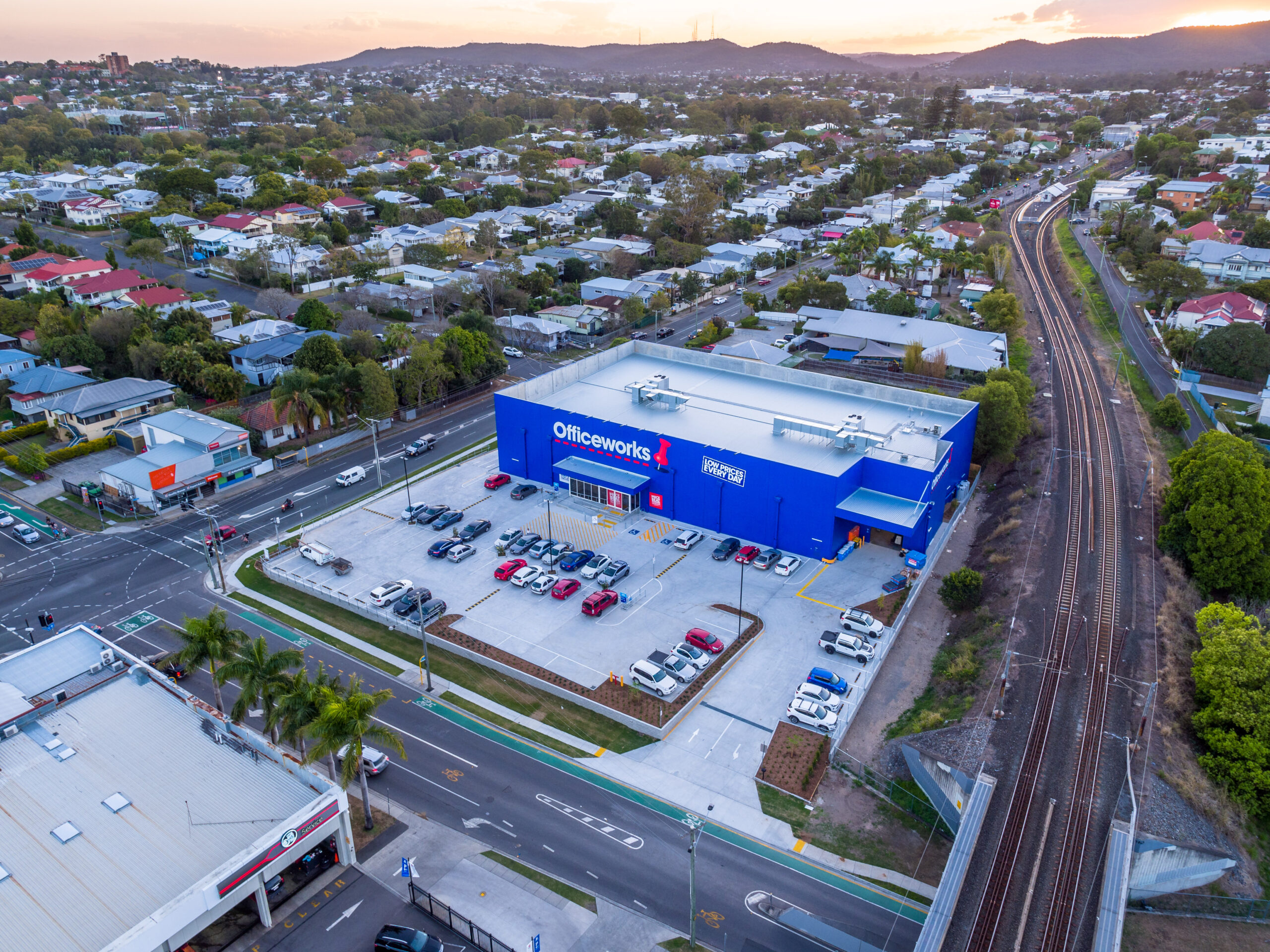
FY25 marked a return to stability across Australia’s retail leasing sector, with improvements recorded across all major states. Leasing activity was supported by population growth, steady consumer spending, and rising demand in essential and service-based categories. While NSW and QLD showed early momentum, VIC, WA, and SA also recorded consistent gains, contributing to a more balanced national outlook.
Landlords refined their asset strategies to meet evolving tenant expectations. Retailers responded with renewed focus on core markets and expansion across growth corridors.
Retail Sentiment and Vacancy Strengthen in Core Cities
Retail leasing conditions improved markedly in major CBDs. Sydney’s vacancy rate fell to 7.1% by Q1 2025, the lowest since early 2021. This was supported by demand from food, beverage, and international retail (CBRE). Brisbane’s CBD followed with vacancy dropping to 18.5%, the strongest recovery in four years.
According to NAB’s Commercial Property Index, retail sentiment reached +47 in Queensland and +14 in NSW in Q1 2025. These are the most optimistic levels recorded since 2017. This rebound aligned with stronger consumer confidence, easing inflation, and the RBA’s February 2025 rate cut to 4.10%.
National retail turnover rose 3.8% year-on-year in April 2025 (ABS). Queensland’s turnover hit $7.6 billion in February, up 3.7% from the previous year (CBRE).
Leasing Trends Across States
In NSW, Western Sydney precincts like Parramatta, Castle Hill, and Penrith recorded high leasing activity, particularly from healthcare, fitness, and large-format tenants. Landlords achieved net face rent growth of 3.5% to 5%, with CPI-linked increases averaging 4.1% (Savills). Inner metro areas such as Bondi and Surry Hills saw strong demand from boutique F&B and wellness brands.
Queensland’s leasing activity was underpinned by strong population growth in Logan, Redlands, and Moreton Bay. Centuria’s $115 million acquisition of Logan Super Centre in Q1 2025 reaffirmed investor confidence in large-format retail. Tenants signed longer 5 to 7 year lease terms in high-visibility sites, with leasing momentum especially strong in suburban health, QSR, and fitness categories.
Victoria reported the lowest CBD vacancy nationally at 6.0% (CBRE). Leasing activity remained strong in Fitzroy, Malvern, and Armadale, particularly among health and boutique operators.
Western Australia saw 6.0% year-on-year growth in retail turnover. In South Australia, Jetty Road Glenelg’s retail vacancy fell from 6.5% to 4.0% during FY25, with food, wellness, and services tenants driving recovery (JLL).
Across all states, flexible tenancy formats, shorter fit-out timelines, and CPI cap clauses emerged as common leasing strategies.
Conclusion
FY25 signalled a shift from reactive leasing to proactive asset planning. Landlords who introduced flexibility, location targeting, and fit-out support saw stronger leasing outcomes. Retailers prioritised early access, visibility, and alignment with local catchments.
With supply constrained and demand strong across essentials, healthcare, and hybrid retail, early positioning in key precincts will define success in FY26. The next cycle will reward collaboration, data-led decisions, and execution from both sides of the lease.
For detailed retail lease data and portfolio insights, visit LeaseInfo.






